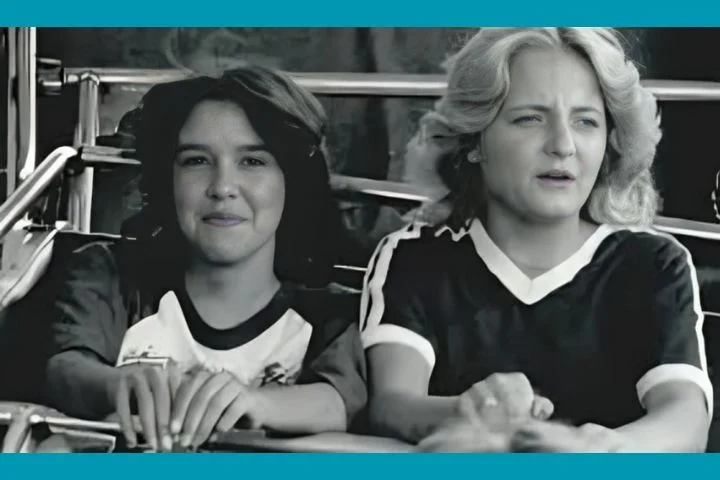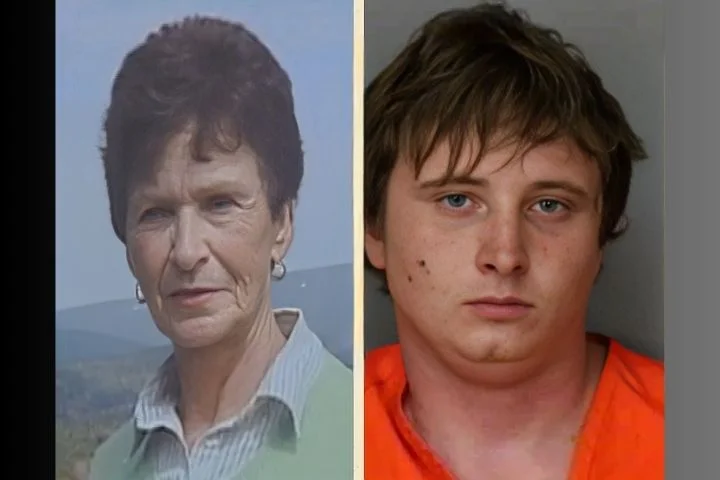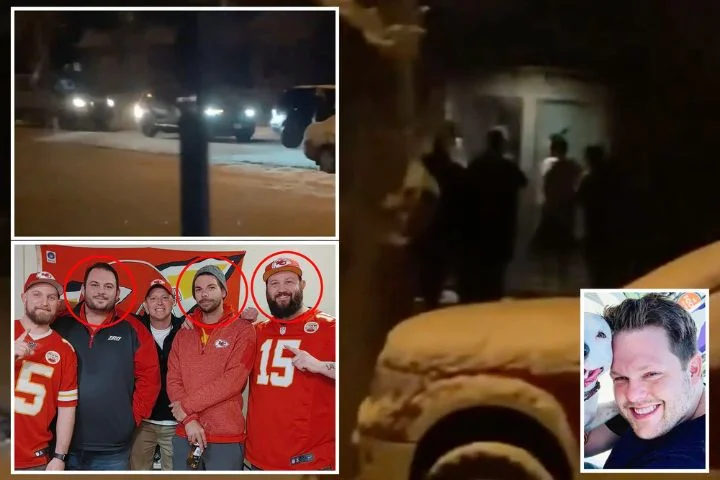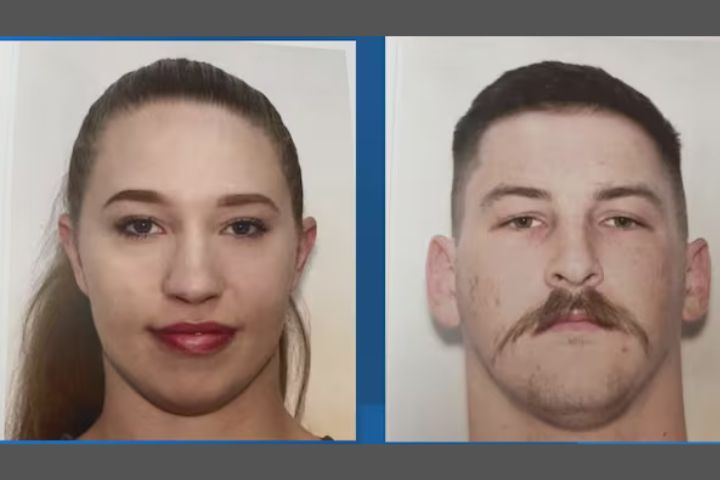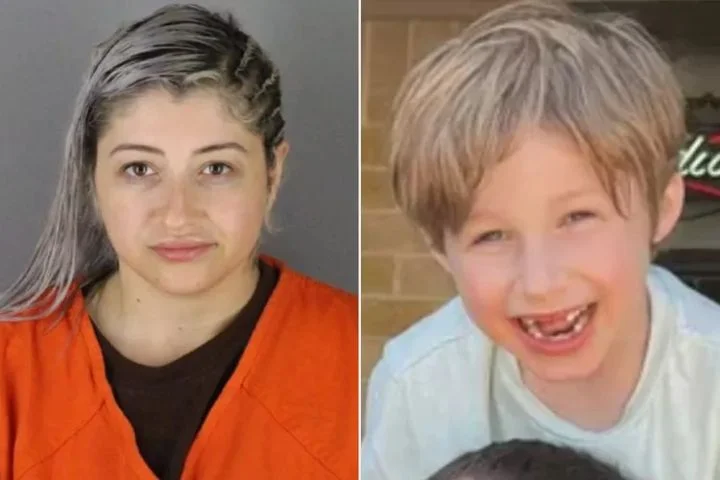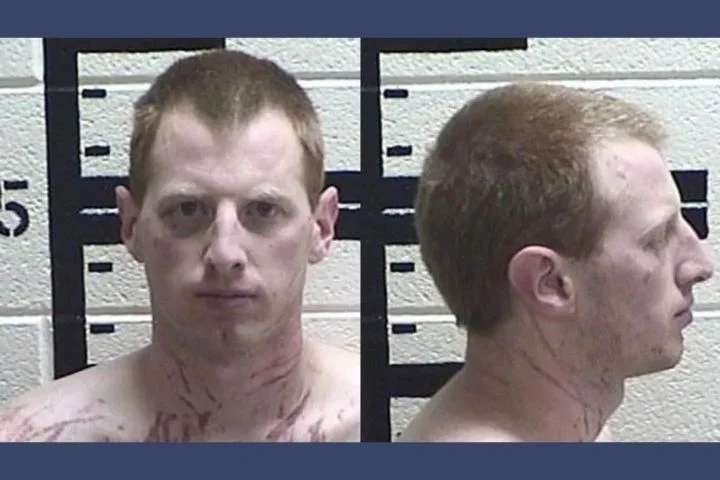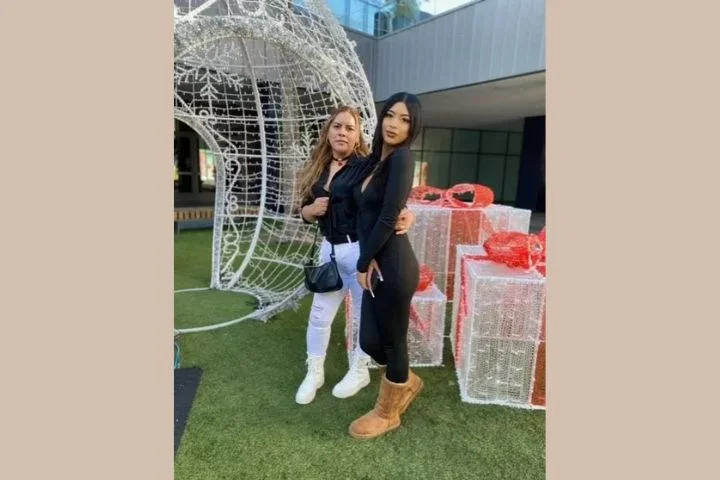The year was 1987. Oklahoma City was a different place, a city that was much more confined than it is today. Then, a small suburb provided part of the northwest boundary of the city. It was the little town of Britton and it would be this close-knit community that held onto the secrets of one of the most troubling cri*mes of the day.
The bodies of Lisa Pennington, 16, and her sister Cheryl Genzer, 25, were found in a shallow grave a month after they went missing from the State Fair.
“I think the bodies were found where the turnpike is now,” said Dorian Quillen, a former reporter turned private investigator who worked on the murd*er case. “It was considered far north of Oklahoma City; there was nothing out there.”
Quillen is one of a myriad of private investigators that has looked into the double m*urder case.
“It’s not like anyone who goes out comes up with someone we’ve never heard of, it’s pretty well known the suspect pool,” Quillen said.
“There was a man who was arrested and charged,” recalled Master Sergeant Gary Knight who speaks for the Oklahoma City Police Department. “They were just about to the point of going to trial with it when that was stopped.”
The key witness who had initially told investigators who murd*ered the girls recanted. The suspect was released and he moved out of state. No one else was ever arrested or charged.
Many of those who worked the case hold out hope that there is something in the reams of evidence and documents that holds the key to solving the case. Some investigators, like Quillen would like Oklahoma City police to retest evidence collected in 1987 using modern forensic science.
“You have the earrings, jewelry that was found, fingernails both girls, clothing from both girls hairs from both girls,” Quillen said as she looked over evidence collection reports which included biological samples collected from the bodies.
“A lot of people believe that on any case we have that is old if we just preserve what we had that technology of today will solve it sadly that’s not the case, sometimes it is but not in every case,” Knight said. The evidence from 1987, he said, would not contain new biological clues.
Quillen still believes the evidence should be re-examined because according to preliminary hearing transcripts the evidence collected was never thoroughly tested.
“What if you find someone else’s DNA on there, Quillen wonders. “What if you find the guy who’s been bragging about it; who perjured himself about his whereabouts that night’ and whose daughter tells us he’s involved.”
Quillen is referring to a confession that was collected by bounty hunters in 2012 from the daughter of a man police once interviewed in connection to the mur*ders.
“One of the girls got raped and m*urdered and the other one was alive for two days getting raped and tortured,” the girl told a police officer inside a hotel room in 2012. In the video of her statement the woman said her dad told her he k*illed the girls and helped cover up the cri*me.
“That [confession] was a dead end street for us,” Knight said, “That was something that did not provide us any clues as to what happened.”
“It’s just offensive to me that someone can k*ill two people and just walk off into their lives with absolutely no consequence,” Quillen said.
Both police and private investigators believe there are still people who know what happened and many of them probably still live in the Britton community. They hope the person who knows the truth will realize 37 years is too long to keep the secret.
